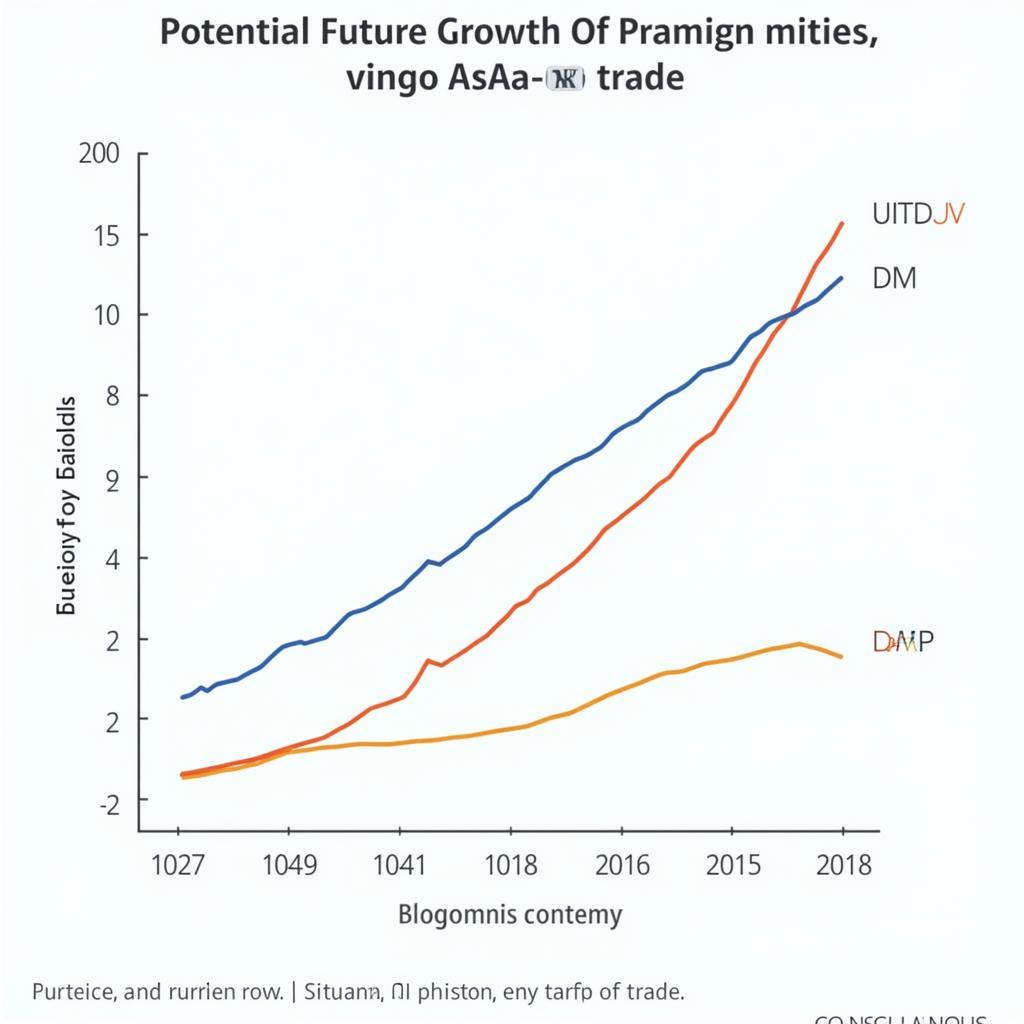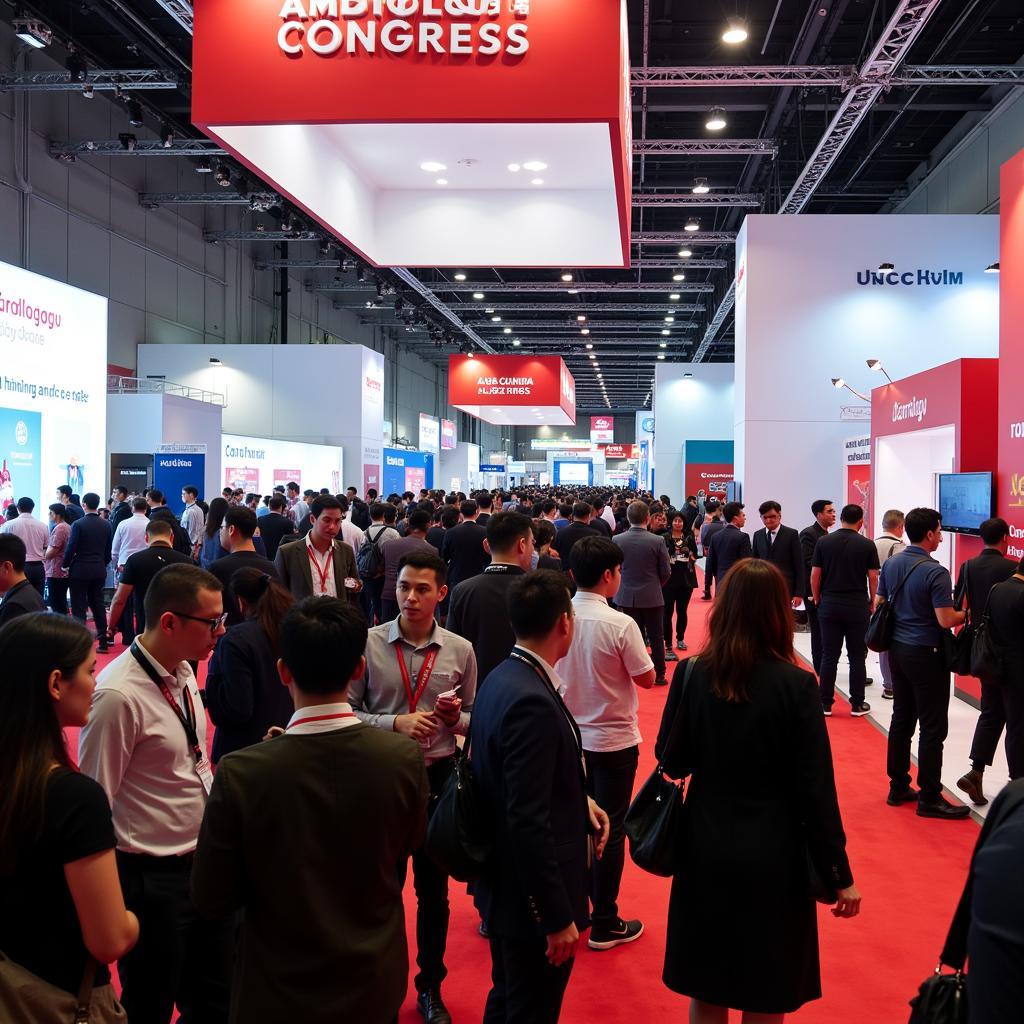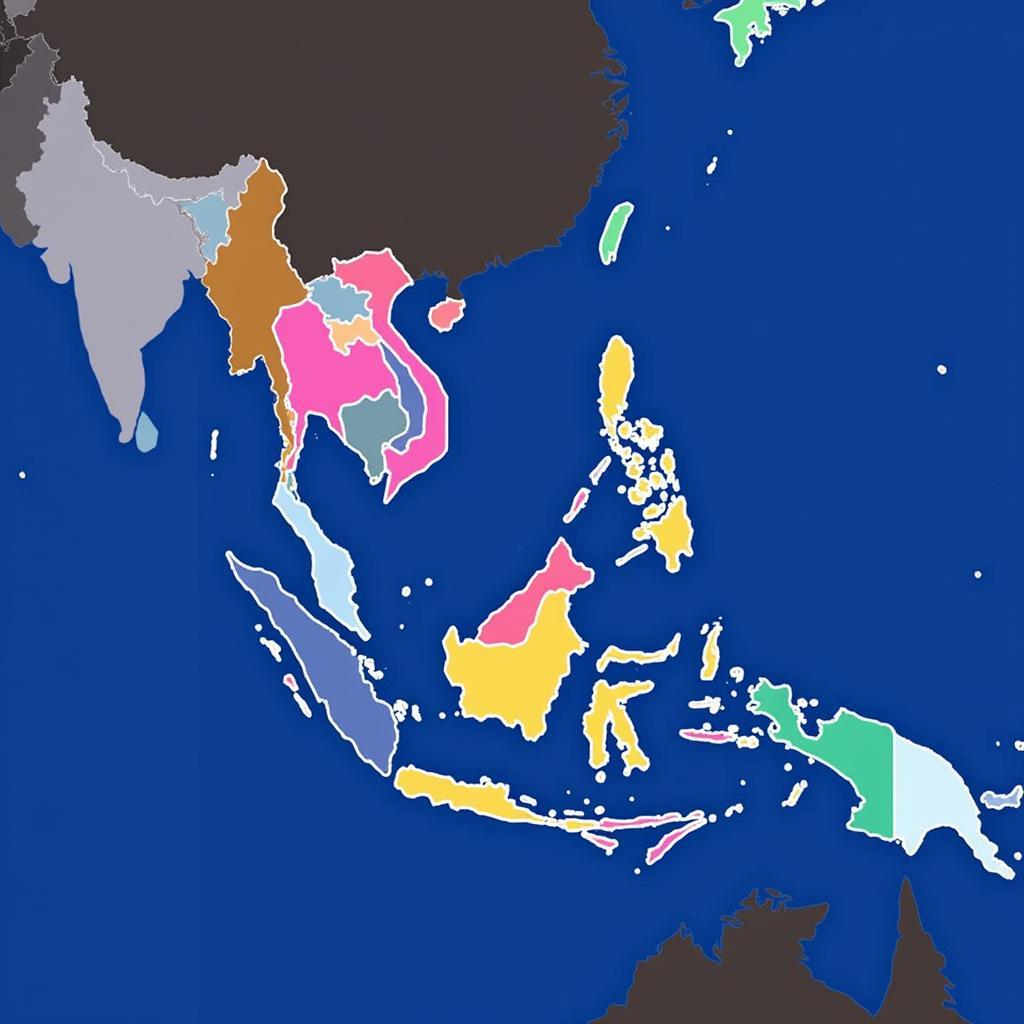The ASEAN Preferential Trade Agreement (ASEAN PPF) is a crucial mechanism for promoting regional economic integration within the Association of Southeast Asian Nations (ASEAN). It aims to reduce tariffs and non-tariff barriers among member states, fostering a more dynamic and competitive market within the region. This article will delve into the intricacies of the ASEAN PPF, exploring its benefits, challenges, and impact on the Southeast Asian economy.
What is the ASEAN PPF?
The ASEAN PPF, or ASEAN Preferential Tariff Scheme, is the cornerstone of ASEAN’s efforts to create a free trade area. It grants preferential tariffs to goods originating within ASEAN member states, making them more competitive compared to imports from outside the region. This scheme covers a wide range of products, from agricultural goods to manufactured items, and plays a vital role in stimulating intra-ASEAN trade. By lowering trade barriers, the PPF encourages businesses to expand their operations within the region, contributing to economic growth and job creation.
How Does the ASEAN PPF Work?
The ASEAN PPF operates on the principle of granting tariff concessions to eligible products traded among member states. Each ASEAN country publishes a list of products eligible for preferential tariff rates. These rates are generally lower than the Most Favored Nation (MFN) rates applied to imports from non-ASEAN countries. The specific tariff reductions vary depending on the product and the agreement between the trading partners. Businesses wishing to benefit from the PPF must comply with specific rules of origin to demonstrate that their products qualify for preferential treatment.
The PPF also includes provisions for cooperation on customs procedures and trade facilitation to further streamline trade within the region. This includes simplified customs documentation and harmonized product standards, reducing the time and cost associated with cross-border trade.
Benefits of the ASEAN PPF
The ASEAN PPF offers numerous benefits to businesses and consumers within the region. For businesses, the lower tariffs provide a competitive edge, allowing them to access a larger market and expand their customer base. This increased competition can also lead to innovation and improved product quality. Consumers benefit from lower prices and a wider variety of goods and services.
Boosting Intra-ASEAN Trade
One of the key objectives of the ASEAN PPF is to stimulate intra-ASEAN trade. By making goods within the region more affordable, the PPF encourages businesses and consumers to source products from within ASEAN. This contributes to greater economic integration and strengthens the regional economy.
 Impact of ASEAN PPF on Intra-ASEAN Trade
Impact of ASEAN PPF on Intra-ASEAN Trade
“The ASEAN PPF has been instrumental in driving economic growth within the region,” says Dr. Anita Sharma, a prominent economist specializing in Southeast Asian trade. “By reducing trade barriers, it has created a more integrated and dynamic market, benefiting both businesses and consumers.”
Challenges and Future of the ASEAN PPF
Despite its successes, the ASEAN PPF also faces some challenges. One key challenge is the varying levels of development among ASEAN member states. This can create disparities in the benefits derived from the agreement. Another challenge is the complexity of the rules of origin, which can be difficult for businesses to navigate.
Towards Greater Integration
ASEAN is continuously working to improve and enhance the PPF. Efforts are underway to further reduce tariffs, simplify rules of origin, and improve trade facilitation measures. The ultimate goal is to create a seamless ASEAN Economic Community where goods and services can flow freely across borders.
“The future of the ASEAN PPF lies in greater harmonization and simplification,” adds Mr. Rajeev Kumar, a trade policy expert. “Streamlining the rules and regulations will make it easier for businesses to take advantage of the agreement and further boost intra-ASEAN trade.”
 ASEAN PPF Future Projections
ASEAN PPF Future Projections
Conclusion
The ASEAN PPF plays a crucial role in promoting regional economic integration and driving economic growth within ASEAN. By reducing tariffs and fostering a more open market, it benefits businesses, consumers, and the overall Southeast Asian economy. While challenges remain, ASEAN’s continued efforts to improve and enhance the PPF hold great promise for the future of regional trade and economic development. Understanding the Ase Ppf is key to unlocking the potential of the ASEAN market.
FAQ
- What does PPF stand for in ASEAN? PPF stands for Preferential Tariff Scheme.
- Which countries are part of the ASEAN PPF? All ASEAN member states are part of the PPF.
- What are the main benefits of the ASEAN PPF? Reduced tariffs, increased trade, and greater economic integration.
- What are the challenges facing the ASEAN PPF? Varying levels of development and complex rules of origin.
- What is the future direction of the ASEAN PPF? Further tariff reductions, simplified rules of origin, and enhanced trade facilitation.
- How can businesses benefit from the ASEAN PPF? By taking advantage of lower tariffs to access a larger market and expand their operations.
- What is the impact of the ASEAN PPF on consumers? Lower prices and a wider variety of goods and services.
Other Relevant Articles:
- ASEAN Free Trade Area (AFTA)
- ASEAN Economic Community (AEC)
Need Support?
Contact us at Phone Number: 0369020373, Email: [email protected] or visit our office at Thôn Ngọc Liễn, Hiệp Hòa, Bắc Giang, Việt Nam. We have a 24/7 customer support team.


